|
Welcome Joan! Thanks for taking some time to chat about writing. First, a few quick-fire questions: How do you take your tea or coffee? Do you prefer rain or snow? And if you could have any mythical creature as a pet which one would it be? Thank you so much for inviting me to chat! My go-to is English or Irish black tea with lots of milk and sugar. I prefer snow, but like both. And I would love to befriend a griffon—or any flying creature. "I would love to befriend a griffon—or any flying creature." Paint us a quick picture of what a productive day of writing, research, or illustration looks like for you. Do you have a certain schedule that keeps you on track or is your creative output more spontaneous? Is there a specific location you like to work in or do you go from place to place? Do you work in small chunks or do you plow through large sections all at once? On a productive day, I will have two sessions of creative work: one session first thing in the morning, and the other in the hours before I go to bed. I try to methodically complete tasks one after the other, so this usually means spending both sessions working at the same task, whether that is writing and editing text for a book, carving a wooden plate for a print, or inking a hand-drawn illustration. "I try to methodically complete tasks one after the other, so this usually means spending both sessions That said, I do sometimes have spontaneous bouts of work in the middle of the day, if I am struck by big-picture idea for a new project, or for the development of a current project; I’ll then stop whatever I’m doing and try to capture the idea before it’s gone. I rely on this kind of spontaneous inspiration in order to form the vision for my projects, but I rely on habit to bring the projects to completion. That habitual work almost always takes place at home—I like to have all my art materials nearby—and in small daily increments. I have always had a great deal of respect for storytellers who also possess the skill to illustrate that which they see in their imagination. The first illustrator/writer that comes to my mind is Howard Tayler who co-hosts one of my favorite podcasts, Writing Excuses. How do your illustrations affect your storytelling process? Are they typically created after the written narrative or do your visuals inspire the text?
In an online interview with the Nanovic Institute for European Studies you describe a research trip you took to Europe ahead of your senior project. There you delved into the history of printmaking. Of course, the emergence of the printing press gave rise to a chorus of new political, social, and religious voices. Do you think the internet as a means of digital publication has had a similar impact on society or do you view this medium as distinctly different from the printed word? Yes, I definitely think there is a similar impact! As you say, there are a host of new voices entering into the public sphere, and the shifts towards social disruption and globalization amplified by the printing press also seem to be happening today with the internet. You can even trace similar reactions from the public to this disruption. Multiple people in early modern Europe interpreted the sudden explosion of printed material as a sign of the imminent apocalypse, and you can read similarly dire interpretations of the internet’s effects today: that it’s the end of democracy, of human intimacy, etc. I personally believe that human culture will adapt to the change and continue to grow, just as it did with the printing press. "Multiple people in early modern Europe interpreted the sudden explosion of printed material as a sign of the imminent apocalypse, and you can read similarly dire interpretations of the internet’s effects today..." In one aspect, though, I think the internet is having an effect opposite to that of the printing press, in that it is bringing images to the forefront. In medieval Europe, at least, images seemed to hold a great deal of power as vehicles for complex ideas and cultural values, and the introduction of the printing press seemed to gradually demote images to mere decoration, especially when they were combined with text as illustrations. I think the internet is restoring some prominence to the powerful combination of word and image—whether that is through the social communication of Instagram, video essays on YouTube, or the visual humor of memes. "I think the internet is restoring some prominence to the powerful combination of word and image—whether that is through the social communication of Instagram, video essays on YouTube, or the visual humor of memes." The Book of the Enchanter is your riveting retelling of the rise and fall of King Arthur as told through the fictional character Bleise who records the tale at Merlin’s request. Complete with wood-block carved illustrations and printed in a style true to the early days of the printing press, it transports the reader to an age long past while remaining accessible to the modern reader. How did you manage to interweave your academic research and creative expression throughout this project as these two are often seen as quite distinct?
I find Arthurian literature especially inspiring in this regard, because of the way that different texts build on each other and innovate over time. For most of the history of the Arthurian legend, audiences responded to Arthurian literature by creating new Arthurian literature of their own; when I see this conversation playing out in the texts that I study, I naturally want to participate in it myself! I’m glad to hear that the book is accessible, because I think that is my biggest challenge when combining research and expression: I wanted to create a version of the Arthurian legend that could speak to people of my own time, just as the Arthurian authors I study were speaking to their cultural context. As a writer who is inspired by the Norse Myths I often scratch my head at all the time I spend re-reading these stories from over one thousand years ago. However, I am continually drawn back to them and revel in re-interpreting the vivid characters and dramatic imagery. What is it about Arthurian legend that drove you to undertake such an immersive project as The Book of the Enchanter?
Maybe not all of us participate in a story as dramatic as that of Lancelot, but I think most people have experienced relationships with that same tangle of love and conflict. I appreciate Arthurian legends both for the veracity of the emotions that they portray, and the larger-than-life backdrop against which these emotions play out, which to me speaks to the intensity of emotional experience. Your illustrations in The Book of the Enchanter are done in the style of historical prints from the dawn of the age of print. From an artist’s perspective, what is the value in imitating forms such as wood-block carving in modern work? Is it simply an artistic exercise or is there something to learn from the themes and styles of cultures from the past?
For example, studying highly structured medieval books like the Paupers’ Bible inspired me to incorporate a high degree of symmetry into my illustrations, even though I was also using more contemporary techniques, like the progressive visual narratives found in picture books. I believe that consciously responding to the art of the past in a new form allows me to create something special, a work that is more unique than what I would make if I never learned from artists outside my own period. Where can readers find more of your work and stay up to date on your latest publications? Recent updates can be found on my Instagram and more information about me and my work can be found on my website. Thank you for the great conversation! Read more about Joan Becker's thesis project, The Book of Enchantments, on the University of Notre Dame website!
0 Comments
In the past few years you have published several books, been an active contributor in academic circles, and engaged a large audience through social media. Do you set a strict schedule to maintain this level of productivity or do you find other ways to sustain your work? I have a bullet journal. It is not very decorative, but it is great for making checklists, and I like checking things off (yeah, I’m an overachiever). I read a certain amount of stories each day with my breakfast, and most of my blogging and social media posts are scheduled for specific days. It also helps that I do a lot of the storytelling research purely for fun. Sometimes I just feel like looking up folktales about a topic, or from a place, and I enjoy going down the research rabbit hole. It’s one of the things I do for fun. "I have a bullet journal. It is not very decorative, but it is great for making checklists, and I like checking things off..." Your work on folktales from around the world spans both continents and centuries. Is this work driven primarily by personal passion or do you hope that your translations become contributions to the ever evolving conversation on globalization? It is mostly personal passion. I love learning about cultures through their stories. I started the “Following folktales around the world” reading challenge a few years ago, and I still have about 40 countries left to read folktale collections from! As for contributions: With my books I hope to bring Hungarian folktales to English-speaking audiences and storytellers, because they are not very well represented on the English language folktale market. On the flip side, I translate a lot of tales into Hungarian so that Hungarian audiences can have access to them as well. "With my books I hope to bring Hungarian folktales to English-speaking audiences and storytellers, One of your first books was Tales of Superhuman Powers: 55 Traditional Stories from Around the World. Today more than ever, North Americans are flocking to the theater to watch movies about superheroes and traditional story-telling media, such as comic books and graphic novels, are becoming popular again. Given your work in this field, what do you think draws people to stories about superheroes? Is it human nature? Is it a part of our mythos or culture? Is there perhaps something psychological at work?
"My personal favorite thing about these “superhero” tales is teamwork. Earlier this year you released a book titled Forum-Based Role Playing Games as Digital Storytelling in which you describe an emergent form of digital storytelling facilitated through online platforms. Through this experience you discovered “a subculture of unbound creativity” as people wrote novel length descriptions of fictional characters and experience that they lived through these digital worlds. As a professional story-teller yourself, what drew you to engage with and study these emerging communities?
And the stories that come out of it stay online, and you can go back and read them for fun, or out of nostalgia. There are sites where I have been active for 8-10 years, and the stories still keep surprising and entertaining me. I love creating them in cooperation with others, rather than just writing things alone. In your 2018 publication Dancing on Blades: Rare and Exquisite Folktales from the Carpathian Mountains, you translate the tales of Anna Pályuk, a Rusyn woman who married into a Hungarian family. I find myself challenged by the task of ‘crossing cultures’ as I work with Icelandic source material from a different culture and time. How did you preserve the essence of Anna Pályuk’s stories while translating them for a modern reader? Were there any guidelines or strategies that helped to guide your process?
Joseph Campbell believed that common connections existed between stories from many parts of the world and summarized some of the key aspects of those similarities in what he called the Heroic Journey. Do folktales from around the world share much in your experience or have you found them to be highly distinctive to the culture they were first told in? I have a bone to pick with the Hero’s Journey. For one, it only fits a sub-category of folktales, usually known as wonder tales or fairy tales. The more one digs into different kinds of traditional stories, the less the theory holds up. Plus, as a storyteller, I tend to focus on how the story is embellished, rather than the basic plot. A lot of tales can be boiled down to “someone gets into trouble, then gets out of it”, but let’s be honest, that is not what makes one tale more compelling than another. There are tale types that exist all around the world, but I only ever really liked one or two variant of them and the rest just didn’t click, because of small details. "The more one digs into different kinds of traditional stories, the less the theory holds up. Where can readers find more of your work and stay up to date on your latest publications? I regularly blog through my website and I have a professional Facebook page. You can also follow me on Twitter.
|
AuthorJoshua Gillingham is an author, editor, and game designer from Vancouver Island, Canada. Archives
April 2022
Categories
All
|

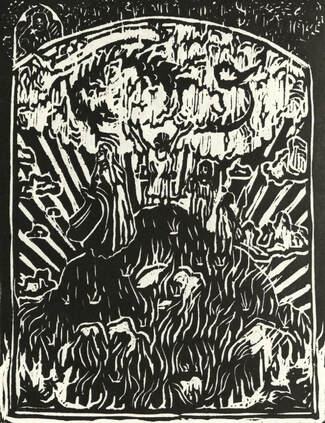
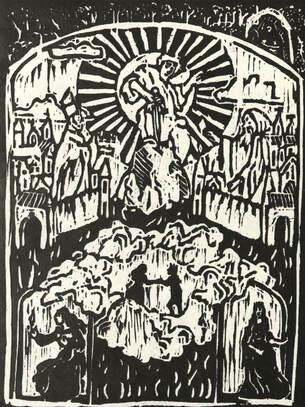
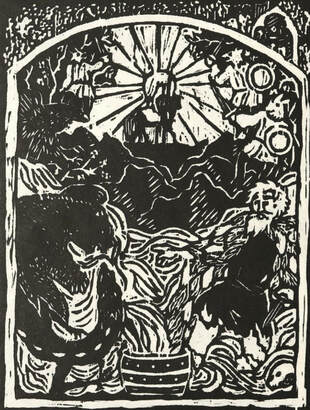
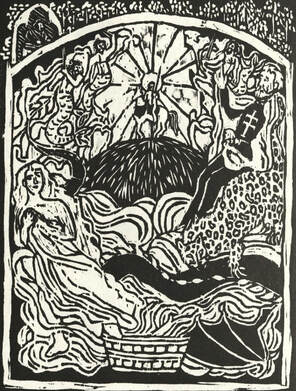
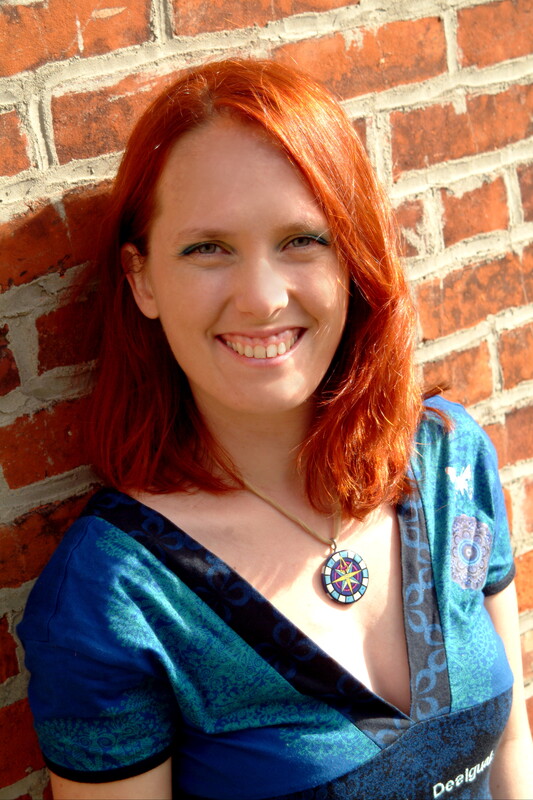
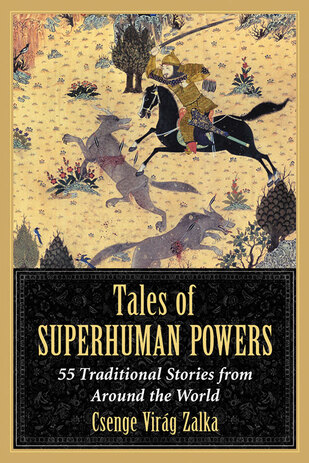
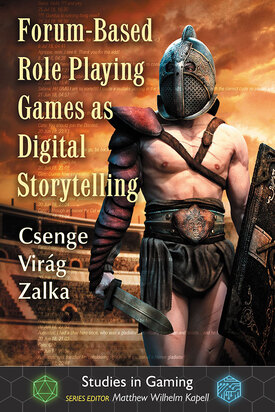
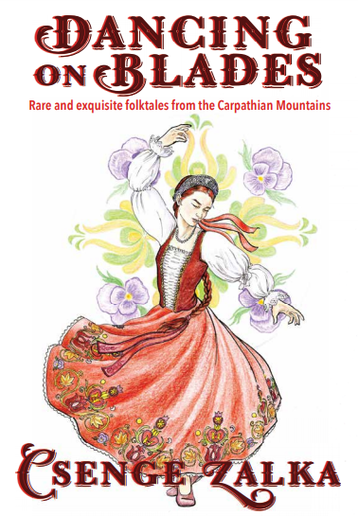
 RSS Feed
RSS Feed
